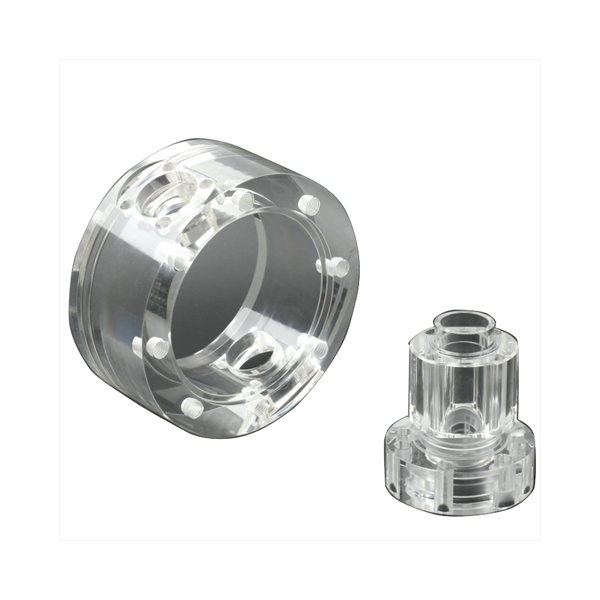GD Prototyping

Anodized Aluminum Surface Finish
-
Material: Aluminum and aluminum alloys
-
Coating Thickness: 5–25 microns (standard) / up to 50 microns (hard anodizing)
-
Surface Finish: Matte, satin, glossy, or colored anodized finish
-
Color Options: Clear/natural, black, gold, red, blue, and custom colors
-
Durability: Corrosion-resistant, UV-resistant, wear-resistant
-
Production Volumes: Prototypes, small batches, and mass production
- Description
- Specification
- Application
- FAQS
Aluminum anodizing is an electrochemical surface treatment that forms a protective oxide layer on aluminum parts. This layer improves corrosion resistance, enhances wear performance, and provides electrical insulation. These properties make anodized aluminum parts suitable for applications that require durability and reliable performance over time.
In addition to its protective qualities, anodizing offers decorative options. With Type II treatments, you can achieve a range of colors, allowing components to meet both functional and aesthetic needs. The color results from the anodized aluminum surface finish, which penetrates the material to provide lasting appearance and resistance to fading.
You will often find anodized aluminum surface finishes applied to CNC machined or extruded components used across industries such as electronics, aerospace, automotive, and consumer products. This finish supports parts in maintaining both their mechanical properties and visual appeal throughout their service life.
The anodizing process also increases surface hardness and resistance to wear compared to untreated aluminum. Its semi-porous structure allows for additional treatments like sealing or dyeing, which can further tailor the surface to specific requirements.
Choosing anodizing for aluminum parts offers a versatile and environmentally friendly option for improving surface durability and appearance. The resulting anodized aluminum surface finish provides a balance between protection and customization, making it suitable for a wide range of applications.
| Parameter | Value / Description |
|---|---|
| Base Material | Aluminum alloys (commonly 6061, 6063, 7075, 5052, etc.) |
| >Anodizing Types | Type I (Chromic), Type II (Sulfuric – decorative), Type III (Hard anodizing) |
| Layer Thickness | Type II: 5–25 μm; Type III: 25–150 μm |
| Surface Finish | Matte, satin, glossy (depending on pre-treatment and alloy) |
- Consumer Electronics:Phone frames, laptop bodies, camera housings, audio equipment casings.
- Automotive Components:Decorative trims, pedal surfaces, gear knobs, custom mounts.
- Aerospace & Defense:Lightweight structural parts, housings, brackets with enhanced corrosion resistance.
- Industrial Equipment:Machine covers, panels, knobs, heat sinks, and wear-resistant components.
- Architectural Hardware:Window frames, curtain walls, signage, and lighting fixtures.
- Medical Devices:Handles, casings, non-reactive surfaces for diagnostic tools and equipment.
- Sporting Goods & Lifestyle Products:Bicycle components, flashlights, outdoor gear, and wearables.
- Prototyping & Custom Parts:High-finish prototypes or limited-production parts with both functional and aesthetic value.
1. What is aluminum anodizing?
It’s an electrochemical process that creates a protective oxide layer on the surface of aluminum, improving corrosion resistance and durability.
2. What colors are available?
Common colors include clear, black, red, blue, gold, green, and more. Color options depend on the aluminum alloy and anodizing type.
3. Does anodizing change part dimensions?
Yes. Anodizing slightly increases thickness—typically 5–25 microns for Type II and more for Type III—so tolerances should account for this.
4. Is anodized aluminum electrically conductive?
No. The anodized layer is non-conductive and provides basic electrical insulation.
5. Can anodized parts be laser engraved?
Yes. Anodized surfaces are well-suited for precise, high-contrast laser marking.









